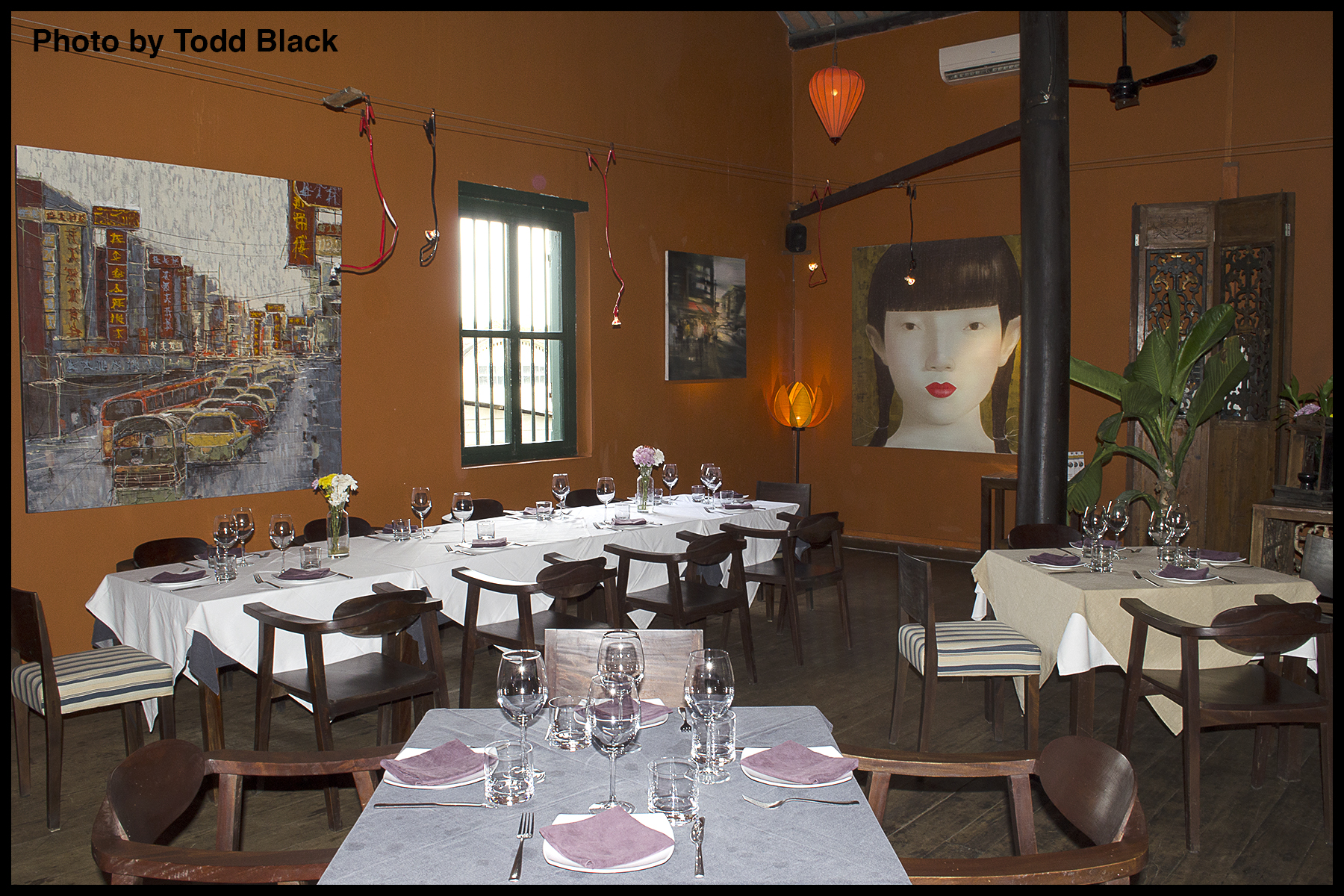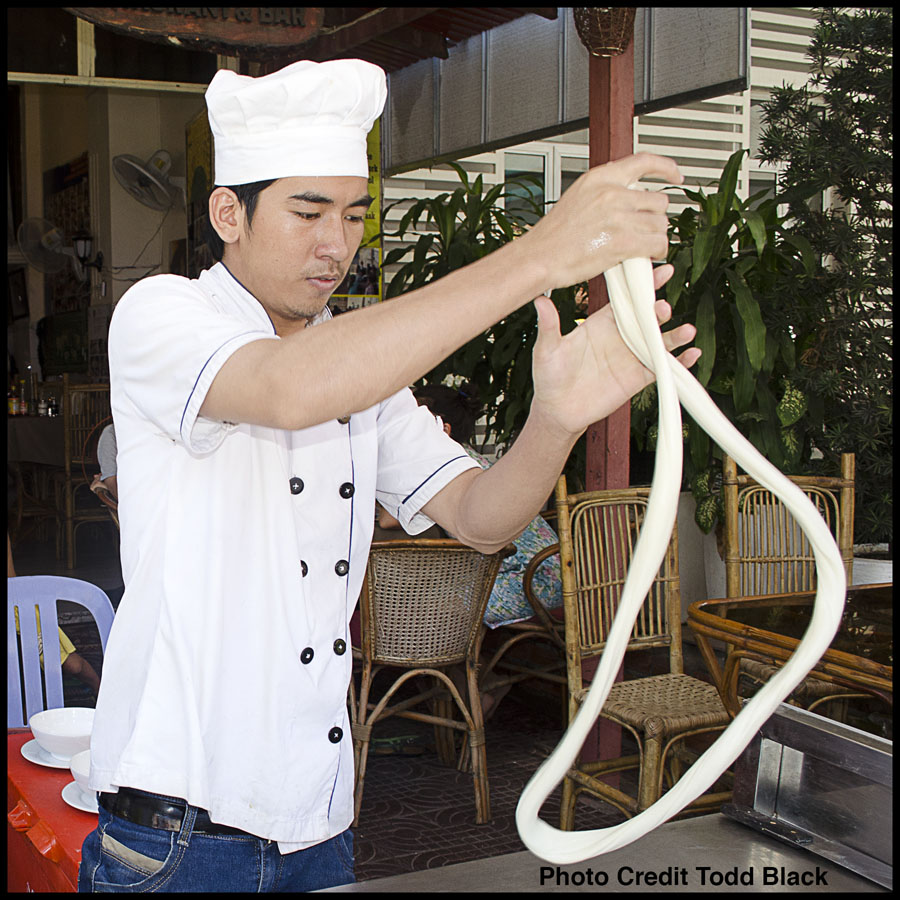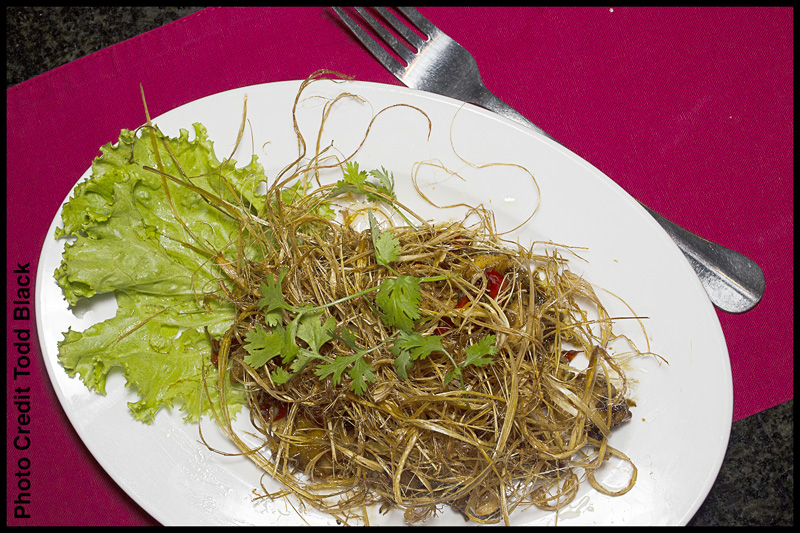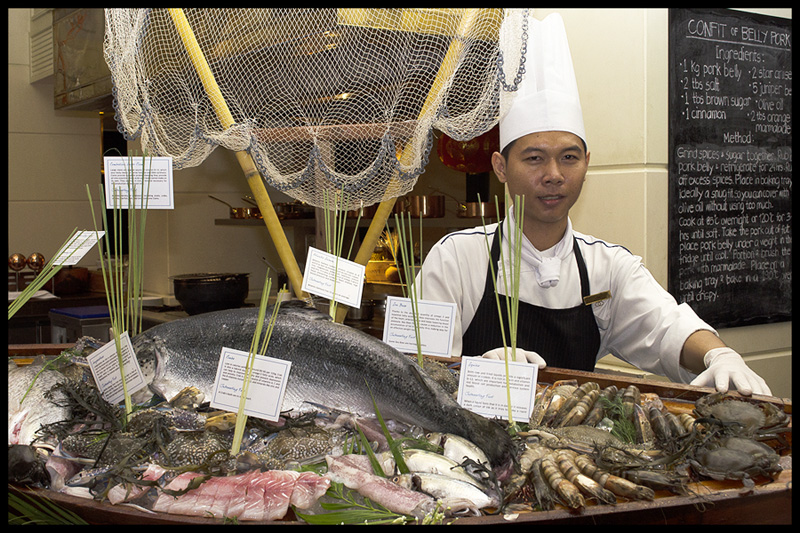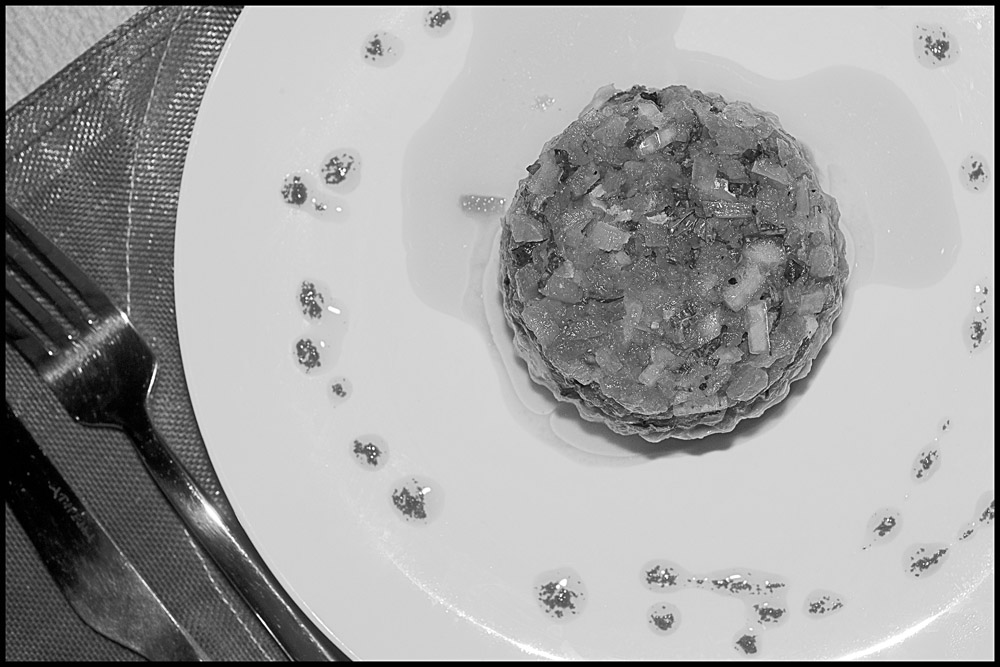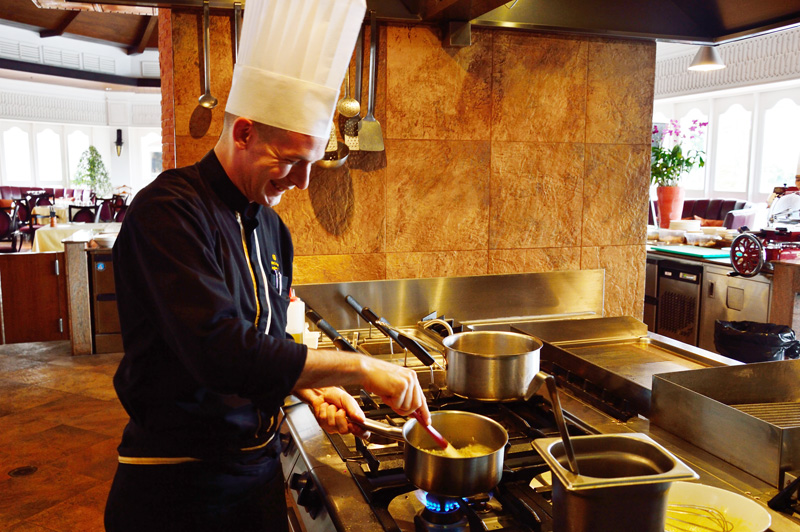Are you one of the select 110 who has an invitation to the Cambodian premiere of Girl Rising on July 2 at the French Cultural Centre? If not you will have to settle for watching CNN reruns. That said, it is a documentary you need to see.
Girls and education
In 1981 I was posted to a bush village in Nigeria: no electricity, no running water and we got mail once a month. A common topic of conversation in the staff room at the Kurgwi Boys Secondary School was whether it was better to marry an educated or an uneducated girl. The general consensus among the corpers – students who had finished university but were required to do a year of national service – was that uneducated was better. Educated girls – which translated as those who had some secondary schooling – were more likely to talk back and make demands. Marry them young, keep them ignorant and a man’s life would be much easier, they reasoned, particularly if he was Muslim and could marry up to four wives.
“One girl with courage is a revolution.”
Start with nine girls from nine countries: Amina (Afghanistan), Yasmin (Egypt), Senna (Peru), Suma (Nepal), Ruksana (India), Mariama (Sierra Leone), Wadly (Haiti) and Cambodia’s very own Sokha. Pair them with writers from their country so the stories are told in their own words. Then top it off the celebrity voice-overs – including Cate Blanchett, Selena Gomez and Alicia Keys – and it is a documentary ripe for the film festival circuit and global distribution.
Girl Rising, a 101-minute documentary directed by Richard Robbins and part of the 10X10 series, showcases girls who rise above all odds. They start from a beginning of abject poverty. Their various experiences include forced marriage, indentured labour, scavenging and sexual abuse. Then there is a definable moment for each. The stars align, a puff of ju-ju smoke appears, a whispered inshallah is uttered and their lives forever change. The nine heroines of the film emerge as powerful young women, in charge of their own lives, and able to make a contribution. It is the sort of feel-good film that makes you want to jump up and hug your neighbour. Yes, there is hope. Girls will save the world.
Why educate girls?
Educating girls is the single most cost-effective way to change a family, a community, a country and the world. A massive undertaking to be sure, but it is the only way to break the cycle of poverty. Numerous studies have shown that sending girls to school helps reduce poverty, child mortality, population growth and corruption. And with an extra year of schooling, a girl can expect to earn 20 percent more as an adult.
The approach of changing the world one girl at a time is realistic. And I’ve watched it happen. As a young teacher, circa 1976, I lived and worked on a fly-in Indian reserve in northern Canada. There I was adopted by Harry and Lydia McLeod. My Cree-speaking parents were barely literate, but they wanted better for their children. Three of my Cree sisters are teachers. Their children finished high school and are working or pursuing further education. The difference between the options open to our mother and our nieces – a mere two generations later – are light years apart. And I am now able to follow the girls’ successes, accomplishments and graduations on Facebook.
Elements of the film
The long-shots of the scenery are magnificent; the medium-range ones of the girls interacting with their surroundings are engaging; the close-ups are intimate and personal. The black-and-white segment from Peru grabs you by the throat.
The common theme uniting the girls is determination: “Try to stop me and I will just try harder.” After the earthquake in Hati, for instance, Wadley’s family ended up in a squalid tent camp. One day she noticed a make-shift school had been set up. She retrieved her notebook and tried to join the class, but the teacher sent her away because her mother couldn’t afford the school fees. The next day a tenacious Wadley returned and announced: “If you make me go away I will just keep coming back until you let me stay.” When the teacher nodded for her to sit down, Wadley’s beam illuminated the screen and the entire film: a tear-jerking moment, according to my film-watching companion.
Or how about Senna from Peru? When her coal-mining father dies in an accident she is utterly and totally detested. Her situation looks about as black as the smoke coming from the stacks, but she perseveres. Writing poetry becomes her refuge and she is able to express herself through verse. The concept of ‘poetic justice’ is elevated to a new level.
Spliced into the film are some schmaltzy bits. At one point – a rape in Egypt being acted out with cartoon characters who are supposed superheroes – my film-watching companion leaned over and queried: “Does this sort of remind you of Yellow Submarine? Do you think the director might have been stoned?” Maybe. To my way of thinking, the cape-wearing, leotard-clad cartoon characters downplay what is a very serious crime. The butterflies in Sierra Leone are also a touch distracting. Does shaking the camera for the earthquake in Haiti make it more realistic?
Minor whinges aside, the cinematography is well done. The local landscape and personal portrayals draw you into the film and make you feel as though you are really there. You can practically smell the burning garbage.
Sokha’s story
Had I not met Chen Sokha, I would have been far more impressed with the film. The documentary opens with her doing a traditional Cambodian apsara dance. The shots of her in a beautiful costume are juxtaposed with girls scavenging in the rubbish heap, the beginnings from hence she comes and which she never forgets. For the rest of the documentary I was on my seat, waiting for the film to return to her remarkable story.
At 13 Sokha went to live at A New Day Cambodia, a residential centre for children from the dump. The agreement was simple: they would look after her; she would study. Her hard work earned her a partial scholarship to Zaman.
Her English is impeccable. A voice-over wasn’t required and hearing her give her own account would have been preferable. As part of her pay-it-forward, Sokha now teaches English to the children at ANDA, from beginner to passable.
As the credits rolled I was still waiting for Sokha’s account to be played out. What? How dare the documentary casually forget to mention that she spoke at an International Women’s conference in New York and met First Lady Michelle Obama at the White House? Or that this girl from the dump learned to speak passable Turkish so she could talk with the locals on a school trip to Istanbul? At 19 this girl has accomplished more than many will in a lifetime.
My reaction started as shock, morphed into disappointment and blossomed into down-right rage. How dare they? The Cambodian segment was slighted. The portrayal of this young woman who aspires to be a social worker came across as being a bit of a geisha-dancing character without any personality. So if ‘they’ get funding for Girl Rising 2, the royal we fully expects this oversight to be corrected. Or else.
The future of education for girls
Has it really changed all that much for the estimated 66 million girls who don’t attend school? Every day I’m confronted with the fact that it hasn’t. Hobi is a young indentured servant who works for the family who owns the expat apartment complex where I live. She labours from pre-dawn to past dusk every day, seven days a week. Her family is poor and her mother sent her to Phnom Penh to contribute to the family that barely ekes out a living. At least she eats.
Hobi is intelligent and, like Sokha, she could do so much if she had the opportunity. Through a translator I asked Hobi if she wanted to go to school. Yes, she wants to learn, but she has to work. I haven’t given up – and won’t give up – on trying to change her situation. And there are possibilities unfolding.
The Girl Rising message? Never forget – even for a nanosecond – that if you educate a girl you change the world. And every girl in the world deserves to be educated.
How you can help?
Before the warm glow of watching Girl Rising fades and you drift back to being your usual complacent self, make a donation to A New Day Cambodia – http://www.anewdaycambodia.org/
This low-budget NGO does work that counts. They look after Sokha and 86 others. No mansions, no four-wheel-drives and no first-class plane tickets found there. Instead it is an on-the-ground, hands-on institution that isn’t afraid to get down and dirty with the kids from the dump. Amen, salmalicum, no goday and pass the donation form.
